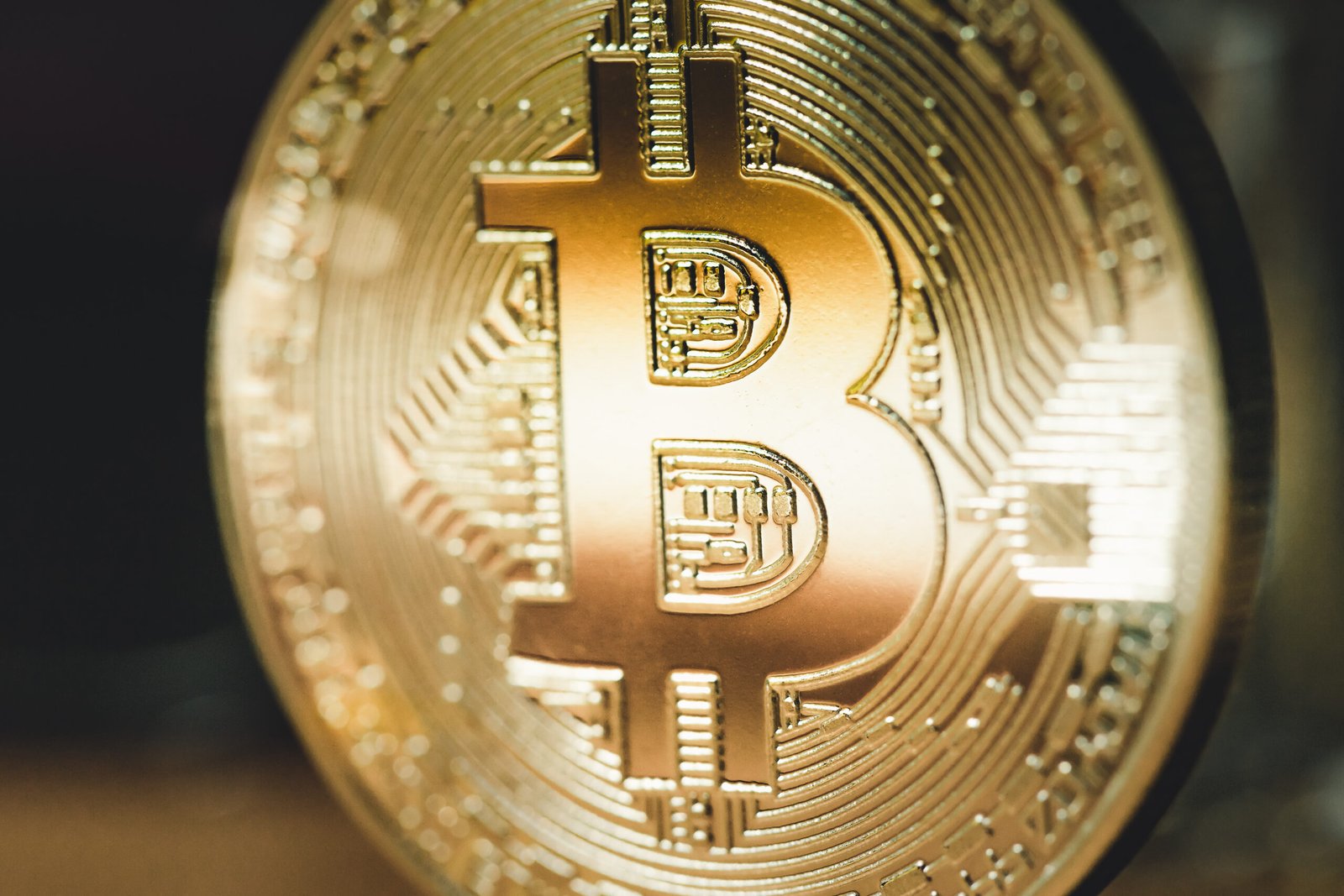*Stable Coins – The Future of Digital Currency?**
The financial world has undergone a significant transformation in recent times with the advent of cryptocurrencies leading this change. Among these digital assets, stable coins have emerged as a source of stability amidst volatility. But what exactly are they? And why is everyone from investors to regulators taking notice?
To answer those questions: Stablecoins are digital currencies designed to maintain their value against other established fiat or crypto-currencies such as USD or EUR. They provide users with an alternative means for conducting transactions without worrying about fluctuations in price like traditional cryptos do. As more people seek out reliable ways to transact online securely and efficiently while avoiding market uncertainty – stablecoin adoption will continue growing rapidly making them increasingly important both economically and politically speaking. thus garnering attention from all quarters involved.

*Stable Coins – What You Need to Know**
Stable coins are digital currencies designed to maintain a stable value against fiat currencies or commodities like gold. Unlike traditional cryptocurrencies such as Bitcoin and Ethereum which can experience extreme price fluctuations, these coins aim at eliminating volatility altogether. This stability makes them appealing for various purposes ranging from everyday transactions during turbulent market conditions when investors seek refuge in safe havens like these coins. The appeal of stable coins lies in their ability to provide financial security amidst uncertain economic times.
*The Three Types of Stable Coins: Fiat-Backed, Crypto-Backed, and Algorithmic**
Stable coins can be classified into three main types:
Fiat backed stable coins are directly linked to traditional currencies. Each unit of a stable coin issued corresponds with an equivalent amount of fiat currency held in reserve. Tether (USDT) is one example that has gained popularity among investors.
Stablecoins that rely on cryptocurrencies as collateral are known as crypto backed stable coins. While they offer more decentralization than fiat based options, their value can still be affected by market fluctuations.
Algorithmic stable coins are a new approach to managing supply and demand by utilizing smart contracts and algorithms. This method enables dynamic control over the currency’s value without relying on reserves or collateral. It has become an increasingly popular option for those seeking stability in their digital assets.
*Stable Coins – How They Work and Stay Stable**
Stable coins are designed to maintain a consistent value through complex systems that vary depending on their type. Fiat backed models rely on regular audits ensuring sufficient assets support each issued coin while crypto based options may require over collateralization due to market volatility concerns. Algorithmically governed choices adjust supply levels in response to changing demand patterns. Regardless of the approach taken by stablecoin creators they all aim for one thing: stability!
*The Importance of Stable Coins in Modern Finance: Advantages and Benefits**
The world of digital currencies has seen tremendous growth in recent years but its volatility can be a deterrent for some investors. Stable coins offer an excellent solution by providing several benefits that bridge the gap between traditional finance and crypto:
Reduced Volatility – their design ensures minimal fluctuations in value so users have more control over their assets
Ease Of Use – transactions across borders are made simple without incurring high fees or complex processes
Access To DeFi – stablecoin holders gain access to decentralized financial ecosystems while minimizing exposure to cryptos unpredictability.
Stable coins provide a secure option for those looking to explore new opportunities within the ever evolving landscape of digital currency markets. With these advantages they present themselves as a promising alternative worth considering when making decisions about where best to allocate your resources.

*Stable Coins – Navigating the Risks and Challenges**
Although stable coins offer numerous advantages they are not without risks. Governments face regulatory scrutiny as they grapple with concerns over consumer protection and financial stability. Additionally transparency regarding reserves remains an issue that needs addressing for broader adoption while systemic risks pose further challenges. It is essential to acknowledge these obstacles in order to ensure the successful implementation of this technology into mainstream finance.
Real-World Use Cases for Stable Coins
Stable coins have become an essential tool for businesses and individuals alike due to their versatility in various applications such as remittances, e commerce payments or lending platforms within decentralized finance (DeFi). These digital assets offer a reliable means of conducting international transactions without worrying about exchange rate fluctuations while also allowing speculative traders the comfort zone they desire. With stablecoin technology advancing rapidly its no surprise that more people are turning towards them for convenience and security.
*Government Regulation of Stable Coins – The Current Landscape**
Stable coins have varying degrees of acceptance across the globe due to differences in regulations. Some countries embrace them while others impose restrictions or outright bans on their use. As governments continue assessing how these digital assets fit into existing frameworks clarity will be essential for promoting innovation without compromising safety measures.
*Stable Coins vs Traditional Currencies – A Comparison**
Compared to traditional currencies that are subjected to economic policies stable coins offer unique operational benefits such as programmability through blockchain technology and instantaneous transactions across borders. These features make them stand out from their counterparts in the financial industry.
*Stable Coins – Trends and Predictions for the Future**
The future of crypto assets is shaped by regulatory developments and increasing institutional adoption. Innovation could lead to more sophisticated models that blend functionalities from both cryptocurrencies and traditional finance. As we move forward these trends will continue to shape the landscape for years to come.
*Stable Coins – How to Buy and Use Them**
Entering the realm of stable coins is simple; users can acquire them through cryptocurrency exchanges or wallets that support these assets. Once obtained they serve various purposes such as trading investments and keeping funds secure yet accessible.
Stable Coins – A Bridge to the Future of Finance
Stable coins are not just an evolutionary step in currency but also a symbol of the ongoing conversation between tradition and innovation within finance. As we move forward into this new era shaped by technology driven solutions embracing these digital assets could reshape how we view money altogether – making it more inclusive than ever before. The future is bright for those who embrace change!







